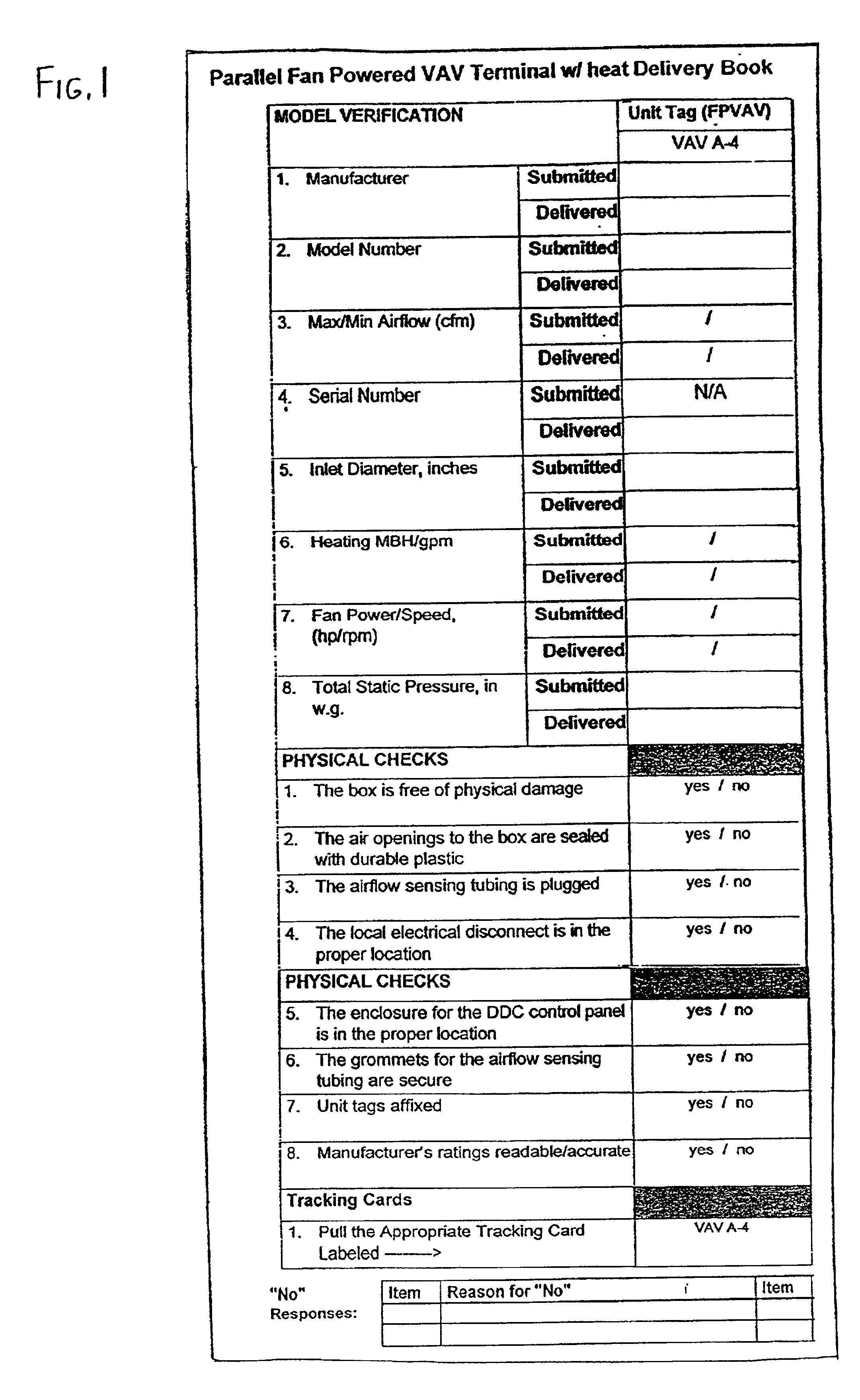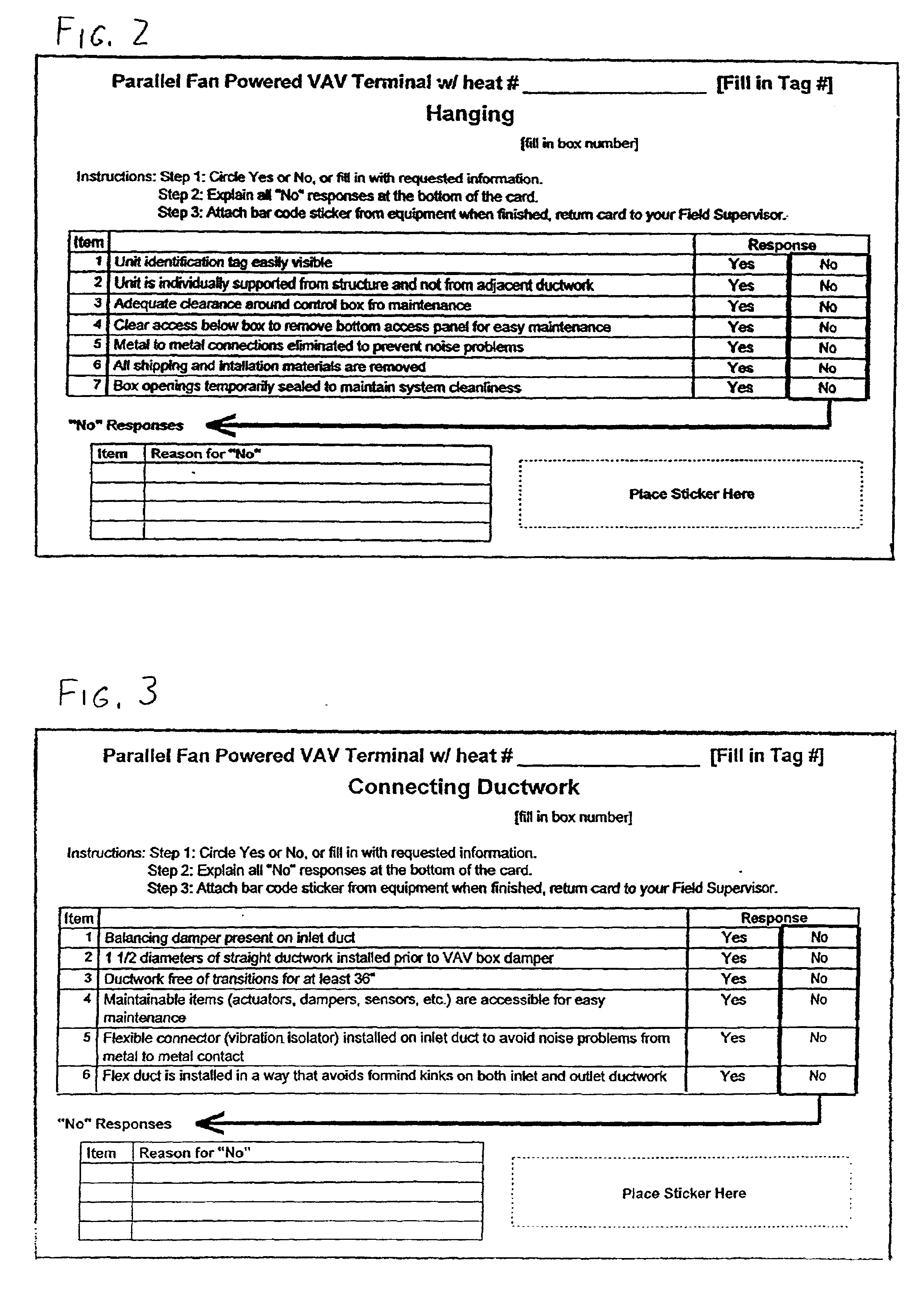It is evident that mere reliance on discretion is insufficient to assure quality as each phase is executed.
A survey by the Lawrence Berkeley National Laboratory in 1996 indicates that buildings in the United States have approximately 15% of their components misinstalled (or never installed in the first place), and approximately 40% have control problems such as improperly tuned
environmental systems.
Additionally, these statistics may underestimate the degree of construction error since many improper or missing installations are never found.
Those that are found are difficult to repair or change after installation is complete.
Empirical and anecdotal data has indicated that it takes approximately two years after occupancy to identify and fix most building construction problems, and by that time, it may be difficult or impossible to have the building owner get the builders to perform modifications, equipment replacement, control sequence changes and repairs to meet the owner's project requirements.
Additionally, the builders or other repair personnel will usually have a more difficult time making repairs because of their diminished familiarity with the project owing to passage of time, as well as the fact that the building is in service.
Additionally, these methods are generally implemented only at the installation / construction phase, and are not extended to all phases of construction project delivery, including planning, design and operations phases.
These methods are also problematic in that they assume that any error can be detected and corrected at any stage, especially the late construction stage of the delivery process.
However, this is not true for most aspects of planning, design and construction, since many errors are as a practical matter uncorrectable once initiated, or are at least highly unfeasible to correct in terms of cost, reconstruction, and / or manpower.
Further, while high quality should be provided if 100% inspection is provided on a regular basis as construction proceeds, it has been well documented that 100% review is not achievable within reasonable cost and time.
However, since these parties use the same
quality assurance methods used by other construction projects, and since they frequently have an internal division of responsibility under one overall management responsibility, implementation of the sole responsibility concept generally results in only a moderate advance in quality.
In essence, while the theory of sole responsibility seems simple and straightforwardly implemented, in practice it is difficult to apply and it does not resolve unsatisfactory
problem resolution.
This process has improved
quality assurance, but it still lacks the ability to effectively implement quality control using statistical tools, largely because it does not accomplish continuous and full knowledge of the current status of the project, nor does it implement objective and unbiased methods of evaluating the current quality of the project.
As previously noted, another flaw with prior quality assurance methods is that they tend to focus on absolute
operability (i.e., meeting identified project specifications), rather than on the owner's project intent.
Unfortunately, since the expectations of owners are difficult to identify and document as opposed to more “tangible” physical building specifications, most design and construction efforts take no or minimal account of project intent.
This is problematic and expensive because later correction / modification of the constructed project to meet project intent, as well as the continued maintenance required to compensate for these problems, adds significantly to the costs of initial construction and later upkeep.
Construction costs are also enhanced by the disorderly way in which construction progresses.
In general, it is difficult to run construction tasks in parallel with each other in any specific area of a construction project, for example, for one contractor to install
piping in one area of a building simultaneously with another contractor installing the ductwork in the same area.
However, since some teams may not (or may not be able to) efficiently
handle installation—as by installing components with the intent of freeing certain areas of the project for work by other teams as soon as possible—the construction project may be dramatically slowed by “bottlenecks” in the construction process.
This also has a significant
impact on construction costs since some construction teams and / or contractors may need to sit idle until prior teams have completed their tasks.
This timing problem has been an issue of significant concern among owners, construction managers, engineers and architects for many years, and its ramifications are reflected by United States Department of Commerce data indicating that the AEC (architectural,
engineering and construction) industry has had a 16% reduction in productivity between 1970 and 2000, while manufacturing has had a 89% increase in productivity in the same period in the United States.
Unfortunately, these prior “construction schedules” and other manual methods for tracking the completion of construction can be time-intensive and costly to complete, subject to error, and difficult to adapt to projects which vary from a “standard” project for which the method was originally adapted.
 Login to View More
Login to View More  Login to View More
Login to View More 


